Specifications
| book-author | David R. Klein |
|---|---|
| publisher | Wiley; 4th edition |
| file-type | |
| pages | 400 pages |
| language | English |
| asin | B01AKSZBOG |
| isbn10 | 1119110653 |
| isbn13 | 9781119110651 |
Book Description
Students continue to turn to David Klein’s Organic Chemistry As a Second Language; Second Semester Topics; 4e; (PDF); because it enables them to better solve problems; understand fundamental principles; and focus on what they need to know to succeed. The fourth edition explores the major principles in the field and explains why they are relevant. It is written in a way that shows clearly the patterns in organic chemistry so that students can gain a deeper conceptual understanding of the material. Topics are presented clearly in an accessible writing style along with numerous hands-on problem solving exercises.
P.S We also have Organic Chemistry As a Second Language: 1st Semester Topics; 4e. See related products below.
NOTE: This sale only includes Organic Chemistry As a Second Language: Second Semester Topics; 4th edition in PDF. No access codes included.
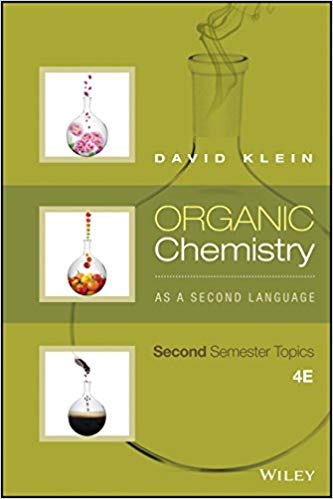
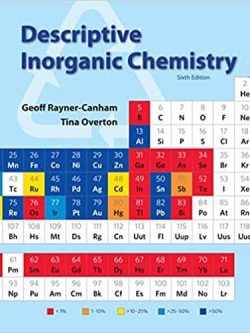
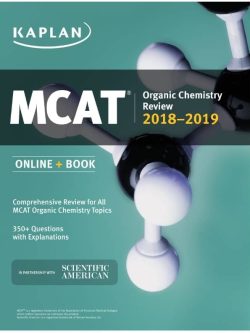
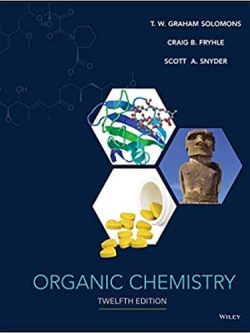
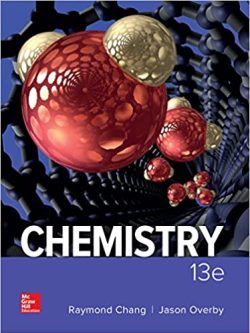


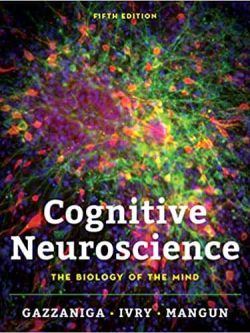

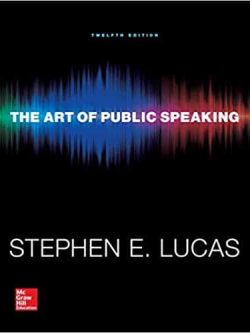

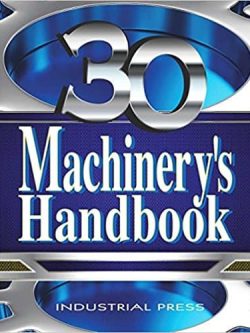
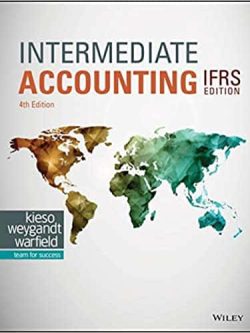
Reviews
There are no reviews yet.